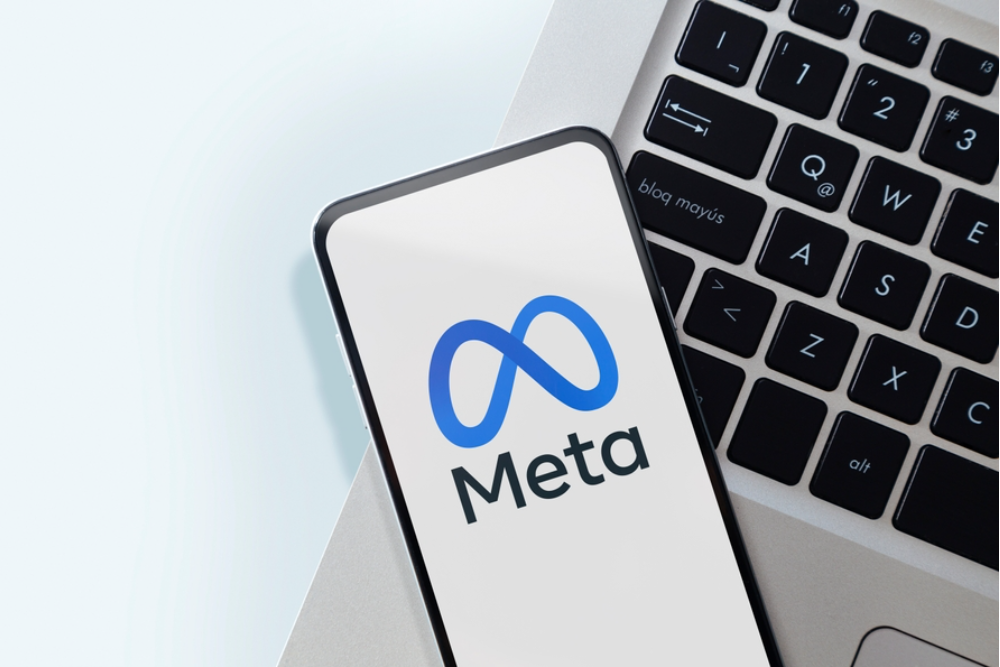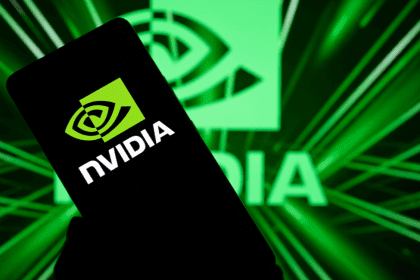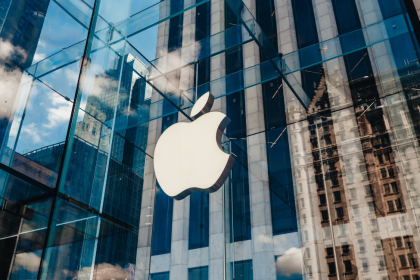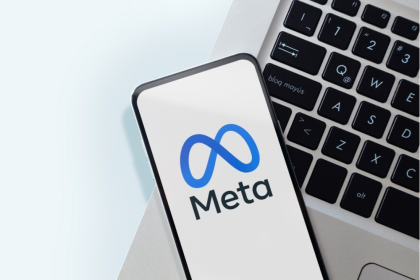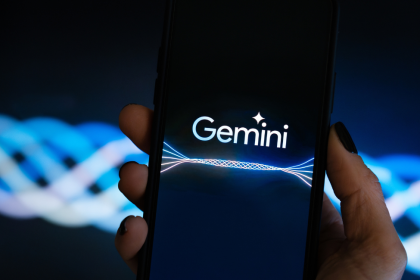Meta has released its “most advanced” artificial intelligence models “yet”. This announcement signals a major advancement in the competitive AI development landscape, where leading tech companies are racing to deploy increasingly sophisticated language models.
The American social media titan – which owns Facebook, Instagram and WhatsApp – has announced two new versions of its large language model (LLM) Llama – Llama 4 Scout and Llama 4 Maverick. These releases represent the fourth generation of Meta’s open-source AI model family, which has gained significant traction in the developer community since its initial launch.
These tools power the Meta AI assistant in WhatsApp, Facebook Messenger and Instagram Direct. With a vast user base across Meta’s platforms, these AI models have the potential to reach an unprecedented number of users globally.
Llama 4 Scout is “more powerful than all previous generation Llama models” and it is capable of “fitting in a single Nvidia H100 GPU”. This efficiency breakthrough is particularly significant for developers and organizations with limited computing resources, as high-end GPUs represent substantial investments.
Also, it has an “industry-leading context window” of 10 million, and is capable of delivering “better results” than Google’s AI models – Gemma 3, Gemini 2.0 Flash-Lite, as well as the open-source AI tool Mistral 3.1 “across a broad range of widely reported benchmarks”. The large context window allows the model to process and reference significantly more information during conversations, improving its ability to handle complex tasks.
Meta claims Llama 4 Maverick “is the best multimodal model in its class”. Multimodal capabilities enable AI systems to process and generate content across different formats, including text, images, and potentially audio, representing a key advancement in AI versatility.
The firm also stated it beats OpenAI’s GPT-4o and Google’s Gemini Flash 2.0 Flash “across a broad range of widely reported benchmarks while achieving comparable results to the new DeepSeek v3 on reasoning and coding – at less than half the active parameters. This efficiency in parameter count suggests Meta has made significant architectural improvements to achieve comparable performance with fewer computational resources.
It is also reported that Llama 4 Maverick “offers a best-in-class performance to cost ratio with an experimental chat version scoring ELO of 1417 on LMArena”. ELO ratings provide a standardized method to compare different AI models, with higher scores indicating better performance in conversational capabilities.
However, Meta CEO Mark Zuckerberg has said its “most powerful” AI model, Llama 4 Behemoth – which is “among the world’s smartest LLMs” – “is still training”. This forthcoming model likely represents Meta’s answer to the most advanced systems from competitors like OpenAI and Anthropic.
“While it’s important that models are intelligent, people also want models that can reply in a personalized way with human-like speed,” Meta said in a blog post. “As our most advanced models yet, Llama 4 is optimized to meet these needs. This focus on responsiveness addresses a common user complaint about AI assistants that can sometimes take several seconds to generate responses.
“Of course, models are one piece of the larger ecosystem that brings these experiences to life. We’re focused on the full stack, which includes new product integrations. This ecosystem approach highlights Meta’s strategy of embedding AI capabilities throughout its suite of applications rather than treating AI as a standalone service.
“We’re excited to continue the conversations we’re having with our partners and the open-source community and, as always, we can’t wait to see the rich experiences people build in the new Llama ecosystem.” Meta’s open-source approach contrasts with the more closed systems from competitors, potentially accelerating innovation through broader developer participation.
Llama 4 Scout and Llama 4 Maverick models can be downloaded on llama.com and Hugging Face. This accessibility to developers and researchers represents Meta’s continuing commitment to open-source AI development, which has been praised by many in the tech community.
It is also available through Meta AI in WhatsApp, Messenger, Instagram Direct, and on the Meta.AI website. This integration across Meta’s major platforms ensures the technology reaches millions of users worldwide, potentially transforming how people interact with social media and messaging applications through AI assistance.
Industry analysts note that Meta’s investment in AI infrastructure reflects the strategic importance of artificial intelligence to the company’s future growth plans and competitive positioning in the tech sector.

